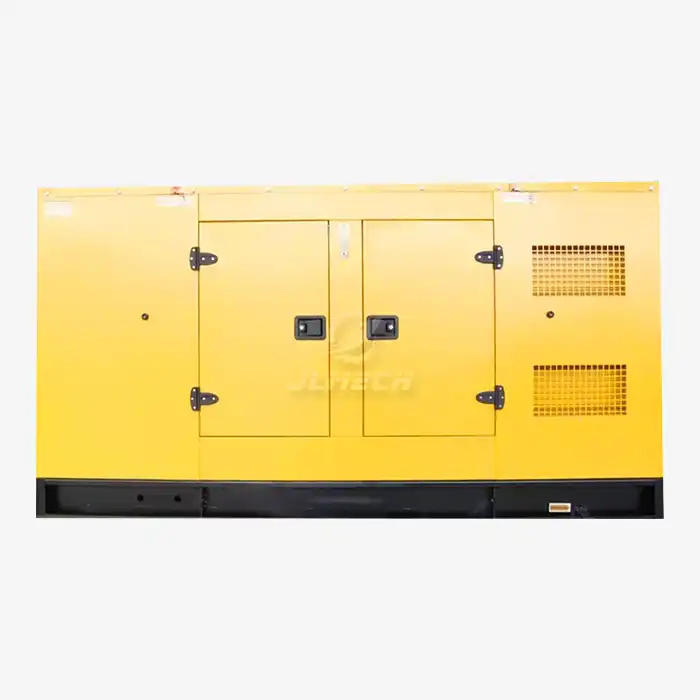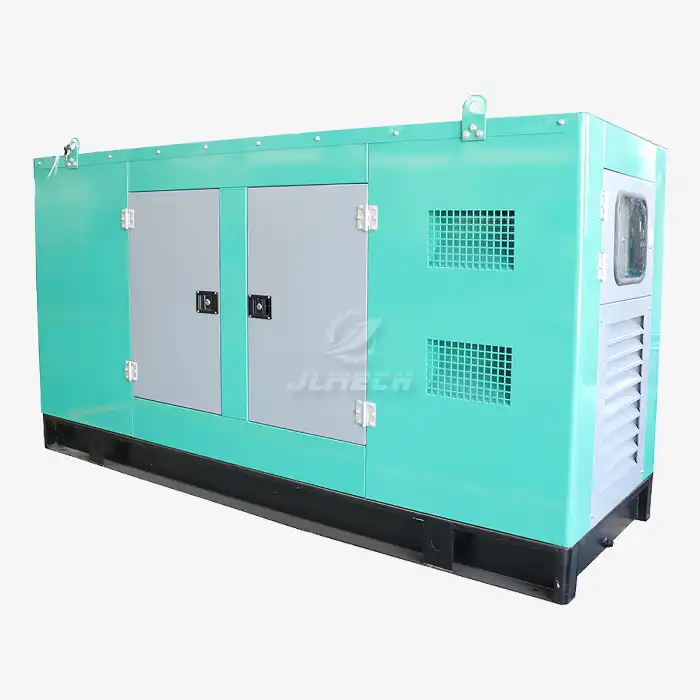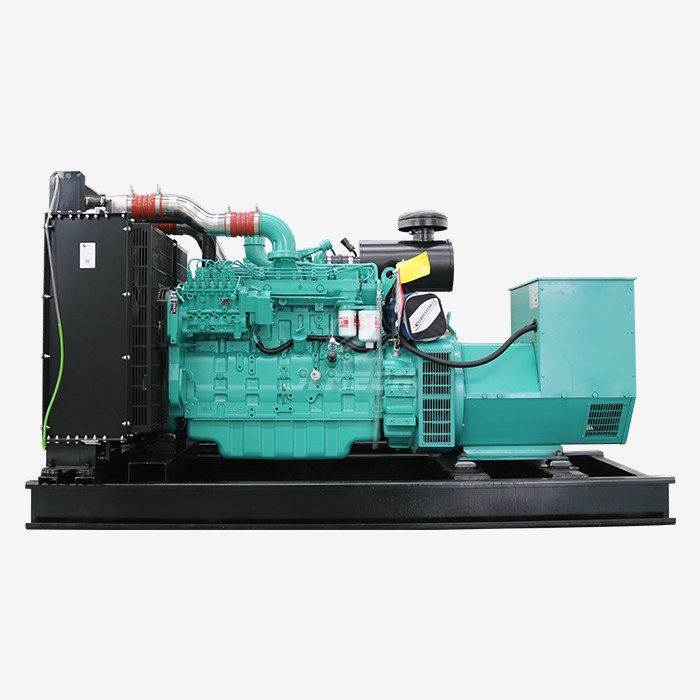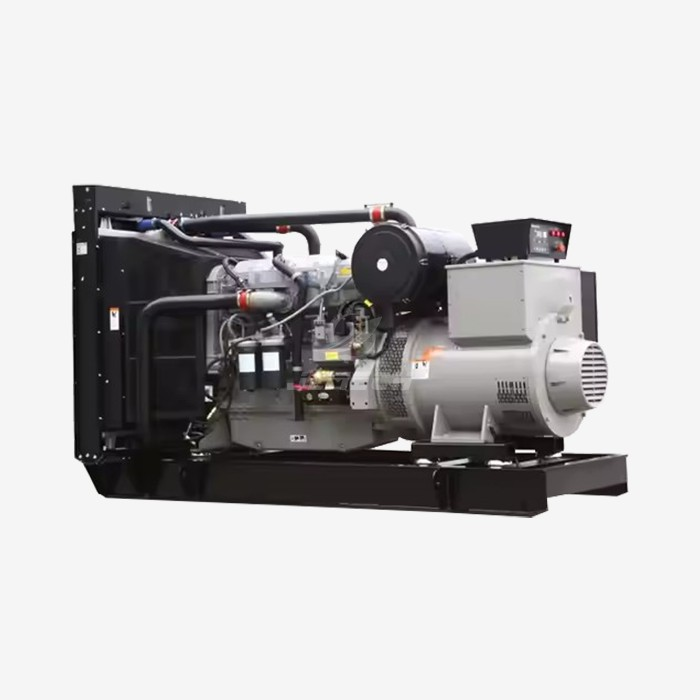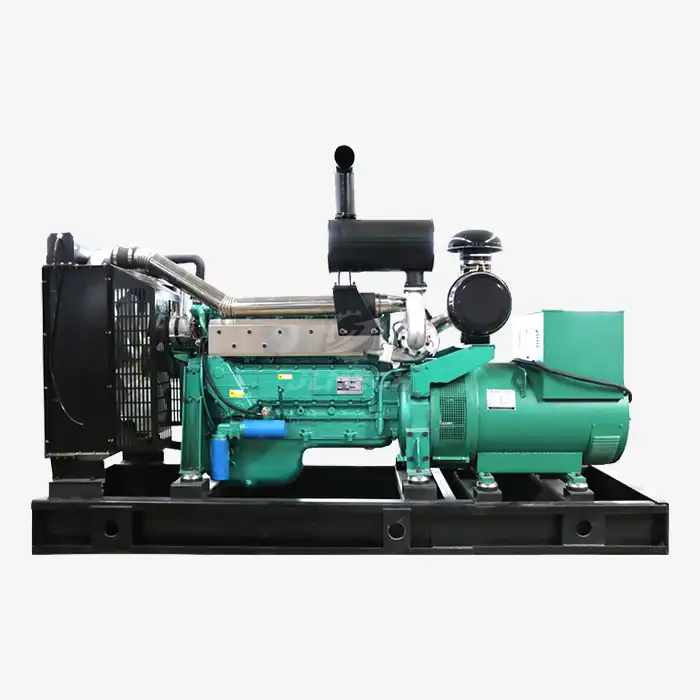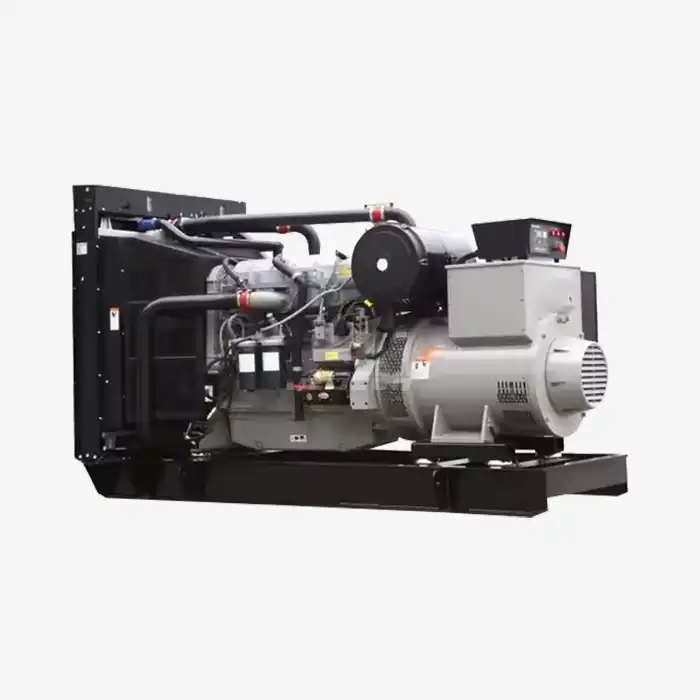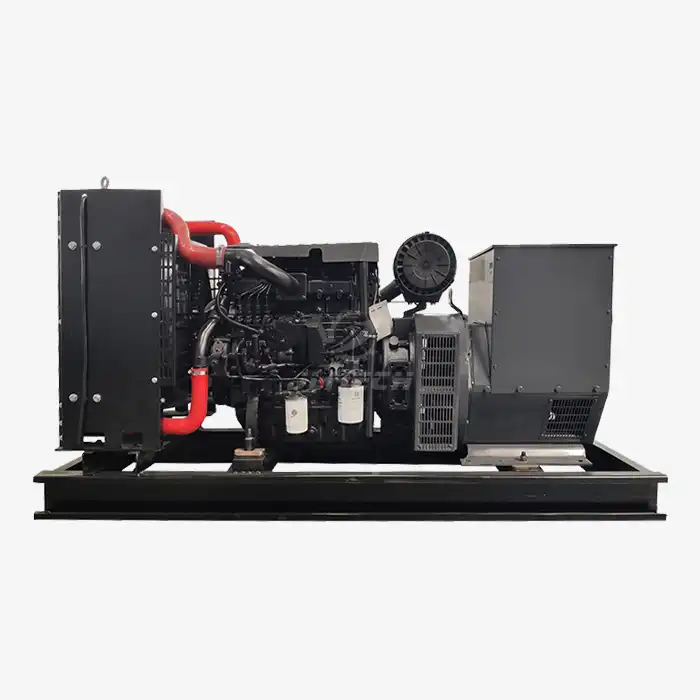What is the difference between UPS and backup generator?
Many facility managers and business owners understand the need for backup power but often confuse the roles of Uninterruptible Power Supply (UPS) systems and backup generators. While both provide emergency power, they serve fundamentally different purposes and operate on completely different principles. Understanding these differences is crucial for designing an effective power protection strategy. A properly designed ups and generator backup system leverages the strengths of both technologies to create a comprehensive solution that handles both immediate and extended power outages effectively.

Basic Definitions and Working Principles
The fundamental differences begin with how each system operates:
Uninterruptible Power Supply (UPS):
Energy storage device using batteries or flywheels
Provides instantaneous power during utility interruption
No moving parts - purely electronic operation
Functions as an electrical buffer between utility power and connected equipment
Backup Generator:
Electro-mechanical device converting fuel to electrical energy
Requires startup time ranging from 10 seconds to several minutes
Uses diesel, natural gas, or other fuels for extended runtime
Requires regular maintenance of mechanical components
These operational differences mean that a complete ups and generator backup solution typically uses UPS for immediate protection and generators for sustained outages.
Key Parameter Comparison
Critical performance characteristics highlight the complementary nature of these systems:
Response Time:
UPS: Instantaneous (2-8 milliseconds)
Generator: 10 seconds to several minutes
Impact: UPS prevents any power interruption while generator starts
Runtime Capability:
UPS: Minutes to several hours (battery-dependent)
Generator: Days to weeks (fuel-dependent)
Application: UPS bridges the gap until generator takes over
Power Capacity:
UPS: Typically up to several megawatts for large installations
Generator: From 8kW to multiple megawatts
Scalability: Generators offer virtually unlimited capacity with proper fuel supply
Power Quality:
UPS: Provides clean, regulated power always
Generator: May require stabilization time and additional conditioning
Compatibility: Modern generators work well with UPS systems in integrated ups and generator backup configurations
Application Scenarios
Different applications demand different approaches to power protection:
UPS-Only Applications:
Data centers requiring zero power interruption
Medical equipment in surgical environments
Laboratory and research equipment
Financial trading systems
Generator-Only Applications:
Whole-building power during extended outages
Construction sites without utility connection
Agricultural and remote operations
Emergency services and disaster response
Combined Systems:
Hospitals and healthcare facilities
Telecommunications infrastructure
Industrial process control systems
Financial institution data centers
The most reliable facilities implement a comprehensive ups and generator backup strategy that addresses both immediate and long-term power requirements.
Cost Structure Analysis
Understanding the financial implications of each solution:
Initial Investment:
UPS Systems: Higher cost per kW for short-duration protection
Generators: Lower cost per kW for extended runtime
Combined Systems: Highest initial investment but most comprehensive protection
Operating Costs:
UPS: Battery replacement every 3-5 years, efficiency losses
Generators: Fuel costs, regular maintenance, potential emissions compliance
Total Cost: Combined ups and generator backup systems offer the best long-term value for critical applications
Maintenance Expenses:
UPS: Quarterly testing, battery monitoring, capacitor replacement
Generators: Monthly testing, oil changes, filter replacement, fuel polishing
Integrated Approach: Requires coordinated maintenance scheduling
Maintenance Requirements
Different systems demand different maintenance approaches:
UPS Maintenance:
Battery testing and replacement cycles
Capacitor and component inspection
Firmware and software updates
Regular load bank testing
Generator Maintenance:
Monthly operational testing under load
Engine maintenance (oil, filters, coolant)
Fuel quality management and testing
Transfer switch operational testing
Integrated System Maintenance:
Coordinated testing schedules
Communication system verification
Failure scenario simulation
Performance documentation
Selection Guidelines
Choosing the right solution depends on specific requirements:
When to Choose UPS Only:
Protection against brief outages and power quality issues
Equipment requiring absolutely uninterrupted power
Applications where generator installation is impractical
Budget constraints limiting comprehensive solutions
When to Choose Generator Only:
Extended runtime requirements exceeding battery capabilities
Applications tolerant of brief power interruption
Remote locations without reliable utility power
Large-scale power requirements
When to Combine Both Systems:
Mission-critical operations requiring 100% availability
Facilities with sensitive electronic equipment
Applications where both power quality and extended runtime are essential
Organizations with zero-tolerance for downtime
Implementing a proper ups and generator backup system requires careful analysis of operational requirements, risk tolerance, and budget constraints.
Conclusion
UPS systems and backup generators serve complementary roles in power protection strategies. While UPS provides instantaneous protection against power interruptions and quality issues, generators deliver extended runtime during prolonged outages. The most reliable approach for critical facilities involves implementing both technologies in an integrated ups and generator backup system that leverages the strengths of each solution.
Our power systems experts can help you design the optimal combination of UPS and generator protection for your specific requirements. Contact us at skala@whjlmech.com for professional guidance in developing your comprehensive power protection strategy.
References
International Electrotechnical Commission. (2023). IEC 62040: Uninterruptible power systems (UPS). Geneva: IEC.
Institute of Electrical and Electronics Engineers. (2023). IEEE Standard 446: Recommended Practice for Emergency and Standby Power Systems. New York: IEEE.
National Fire Protection Association. (2023). NFPA 110: Standard for Emergency and Standby Power Systems. Quincy: NFPA.
Johnson, M. (2022). Emergency Power Systems: A Comprehensive Guide to High-Speed Diesel Generators. Power Engineering Quarterly, 45(3), 78-92.



